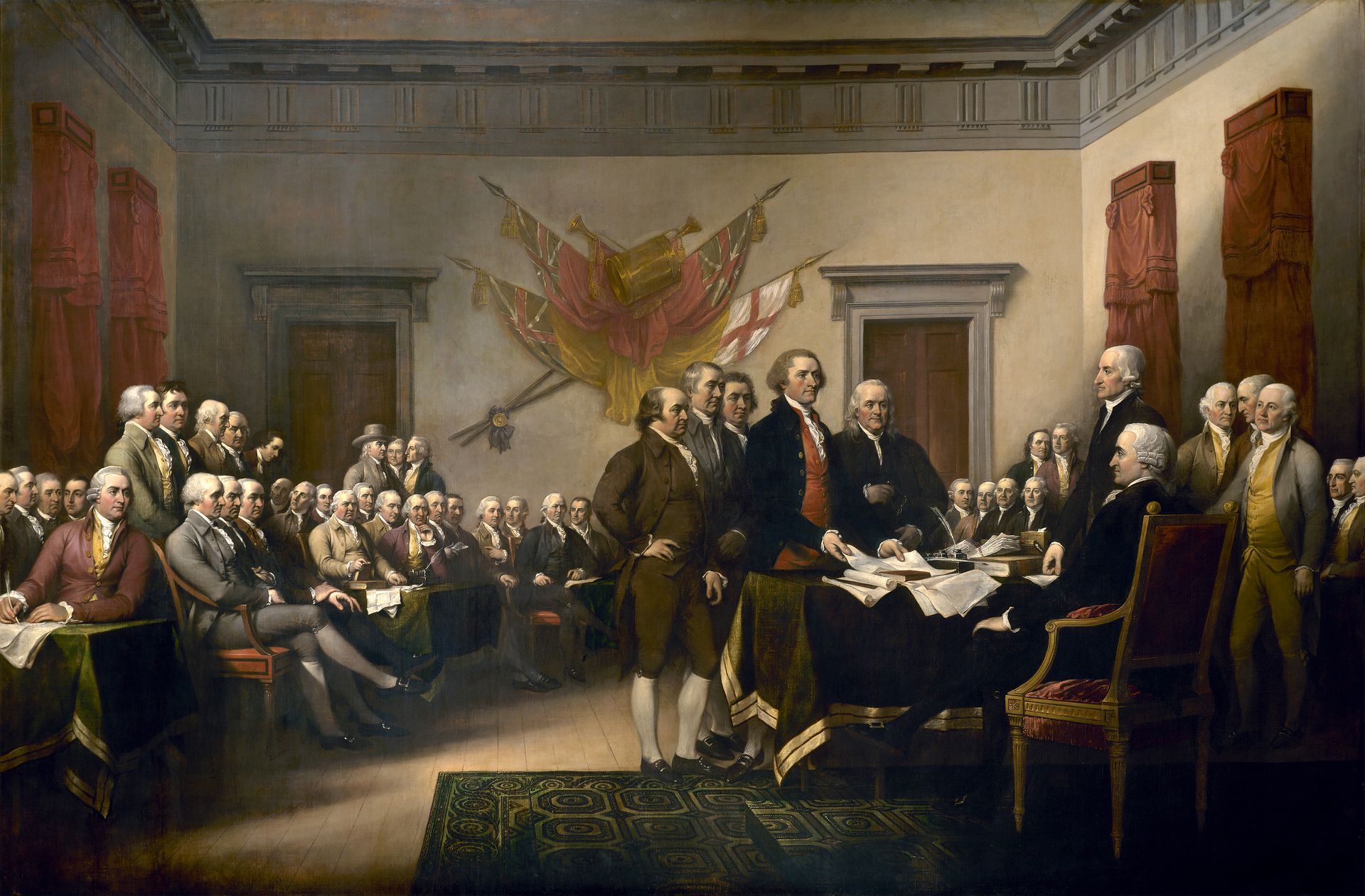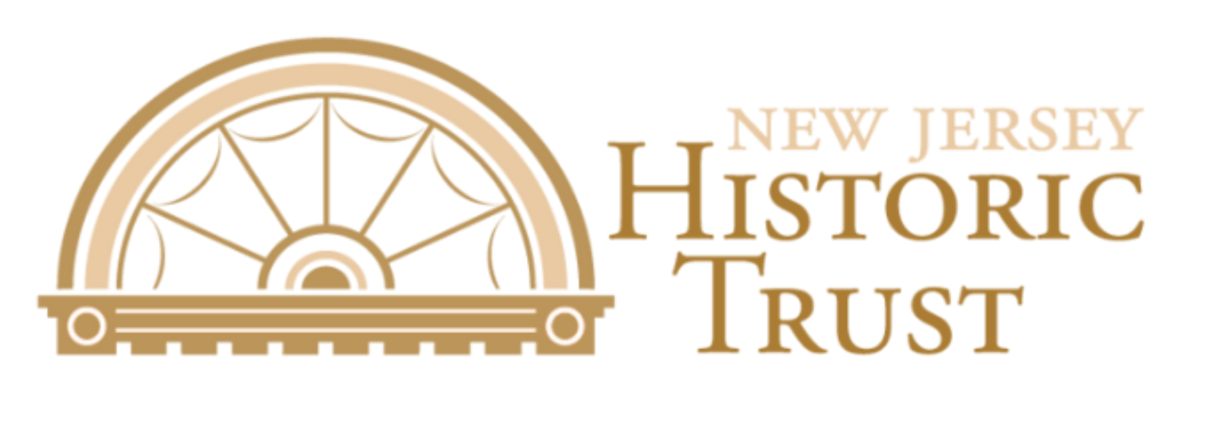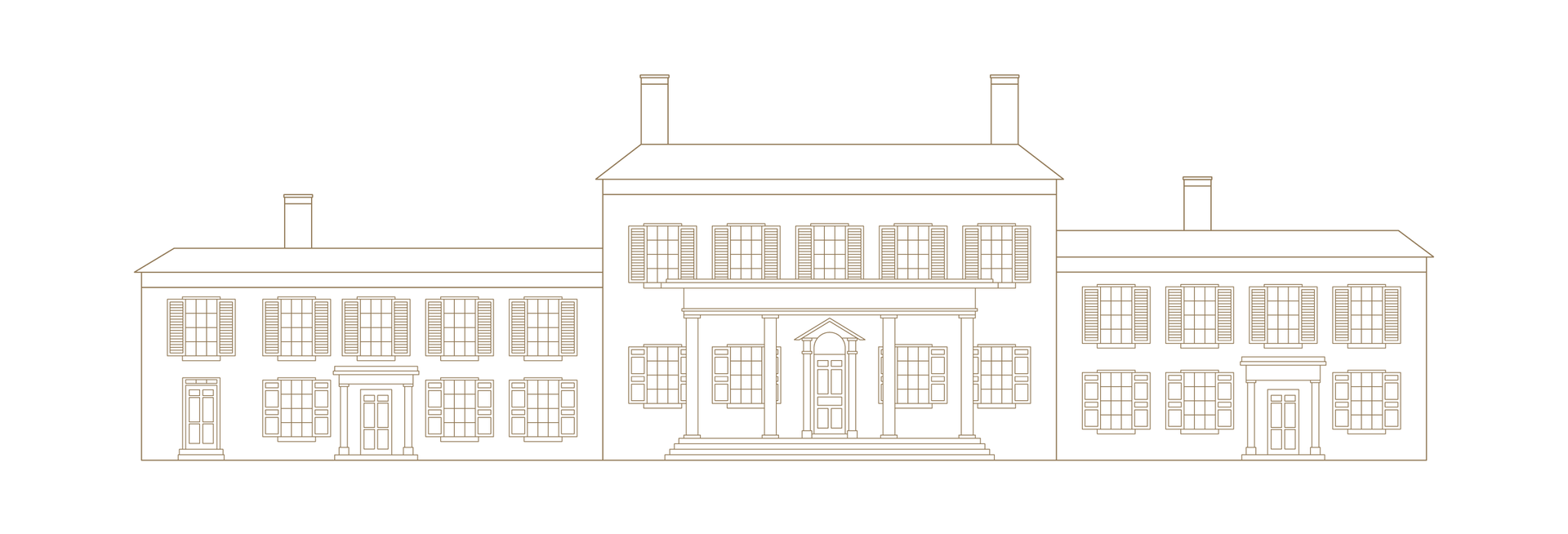UPCOMING exhibitions
Five Independent Souls: THE SIGNERS FROM NEW JERSEY
Opening May 2026
Days before the signing of the Declaration of Independence, John Adams wrote to Samuel Chase, “Jersey has chosen five new Members all independent Souls, and instructed them to vote on the first of July for Independence.” This turning point forever linked these five New Jersey men to the birth of the United States. But who were these lesser-known founding fathers? What were their lives like, before, during, and after the Revolution? Discover all of this and more with this landmark exhibition opening in April 2026.

Declaration of Independence, 1818. John Trumbull (1756–1843). Collection of the Architect of the Capitol.
Morven’s 2026 exhibit seeks to answer these questions, delving into the lives of Abraham Clark, John Hart, Francis Hopkinson, Richard Stockton, and John Witherspoon. This will be the first exhibition to examine this group of men, gathering paintings, furniture, objects, and manuscripts from collections across the country to reveal aspects of their lives. As all five were enslavers, the exhibition will also examine how the rhetoric of revolutionary America—freedom, equality, and liberty—was intertwined with the practice of slavery.
Morven’s curators have spent years securing loans for this landmark exhibit. Visitors can expect to see over one hundred objects on loan from The Museum of Fine Arts, Houston, Independence Hall, Museum of the American Revolution, the National Gallery of Art, Presbyterian Historical Society, Princeton University Art Museum, The New York Public Library, Yale University Art Gallery, and numerous private collections.
Come to historic Princeton to experience America’s Semiquincentennial at the only extant home of a New Jersey signer open to the public.


